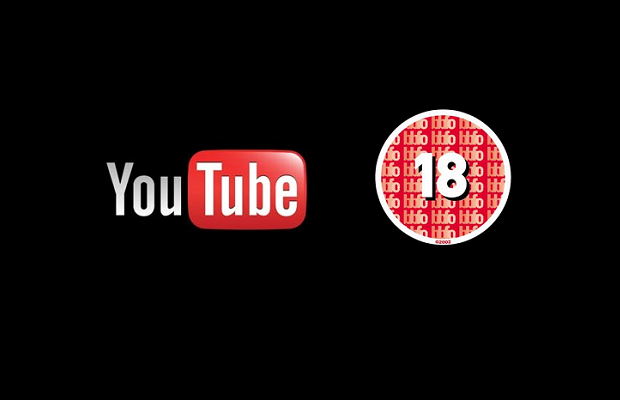YouTube is letting advertisers interested in “edgier content” to run ads next to such videos on its platform, as it looks to address brand safety fears.
The launch of the new product, schedules for next year, follows a trial of yellow icons for brands comfortable with advertising against adult-only content.
The videos are signposted in the Creator Studio with a yellow icon, indicating that they are not fully demonetised and are eligible for limited advertising.
A yellow icon previously signified that the videos wouldn’t receive ad revenue at all because they were only suitable for mature audiences.
In a recent blog post, CEO Susan Wojcicki said it is running experiments to help match content that could be considered “edgy with advertising” that fits the brand – such as a marketer looking to promote an R-rated movie.
The move comes as YouTube continues to address and grapple with brand safety issues. Earlier this year, renowned brands such as Disney, Epic Games, and Nestlé all halted ad spend on YouTube after a child video exposé.
In April last year, P&G made its return to YouTube after staying away from the platform for over a year due to concerns regarding ad placements on inappropriate content.
With the new label experimentation, according to YouTube, the platform saw “hundreds of thousands of dollars” in ads stream in.
Wojcicki added that YouTube will also have a policy update coming soon for gaming creators to help differentiate between real-world, and gaming violence. She said that the new policy will have fewer restrictions for violence in gaming, but will maintain its high bar to protect audiences from real-world violence. Currently, YouTube is also expanding its self certification pilot in 2020 to hundreds of thousands of YouTube Partner Program creators. The programme allows creators to self-report how their video complies with ad policies.
“It’s a reinforcing process: the more accurate you are in your self-reporting, the more our system trusts you,” Wojcicki explained. She said that self certification gives creators more control, and offers specific feedback on why a video might have monetisation issues.
There’s no shortage of “edgy” content on YouTube — from YouTubers one-upping each other in the prank department, to popular video game commentary channels that inevitably feature some in-game violence.

